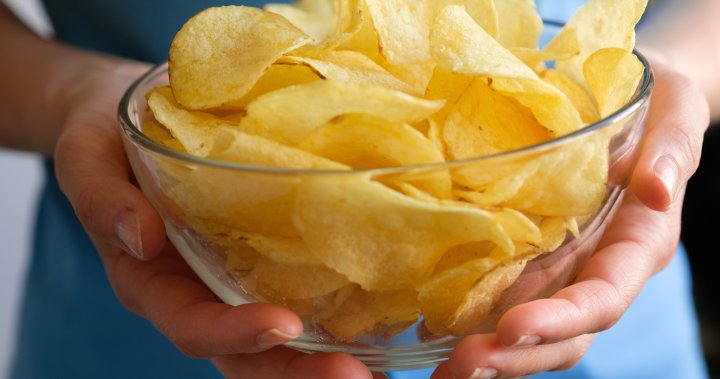
‘The craving is just not there’: How Ozempic is affecting snacking culture
Global News
A survey published Tuesday by Dalhousie University, Halifax, estimates that between 900,000 and 1.4 million Canadians use GLP-1 receptor agonists.
Medications used for weight loss such as Ozempic may be stirring up the food industry, with a recent report revealing that Canadians on certain drugs are tightening their belts on restaurant outings, snack indulgences and drinking alcohol.
A report published Tuesday by Dalhousie University’s Agri-Food Analytics Lab in Halifax estimates that between 900,000 and 1.4 million Canadians use GLP-1 receptor agonists. These are a group of drugs used to treat Type 2 diabetes and are often used to combat obesity. They trigger insulin release, reduce glucose production in your liver and make you feel full. Examples of these drugs include Ozempic, Wegovy and Saxenda.
Over the past few years, there has been a huge boom in the popularity of Novo Nordisk’s Ozempic, a Type 2 diabetes drug that is also known for its off-label use for weight loss. The demand for Ozempic and its sister drug Wegovy is so high that it has also led to shortages in Canada.
“The use of GLP-1 drugs is impacting the food industry already…. The craving is just not there,” said Sylvain Charlebois, director of the Agri-Food Analytics Lab.
“Many people have reported having made different food choices, they’re behaving differently, both at the grocery store and at the restaurant. If they do go to the restaurant, they’re eating less, fewer sweets, less chocolate and they’re drinking less alcohol.”
As more Canadians start using Ozempic and other related weight loss medications, researchers at Dalhousie University sought to investigate the potential implications of this shift on future food industry trends.
The researchers surveyed more than 8,000 Canadians in December 2023 to help understand the usage rate of GLP-1 drugs, their purpose and their impact on people’s food choices.
The results found around 10 per cent of the adult population use a type of GLP-1 drug, which is higher among males than females. Use of the drug remains consistent across different age groups, with millennials leading at a 12 per cent usage rate, followed closely by gen X at 11 per cent and both baby boomers and gen Z at 10 per cent.











